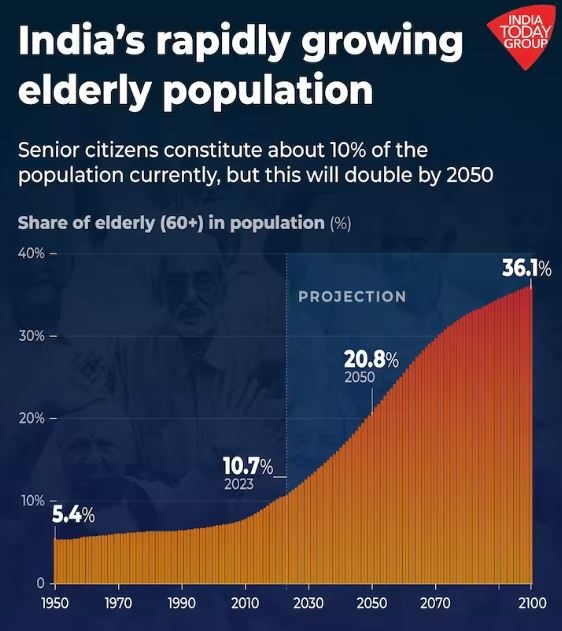Amidst the focus on demographic dividend, the country is seeing a silent rise in its elderly demographic and increased problems caused by loneliness in later life.
The number of people 60 years and over in the globe is 673 million in 2005 and is expected to increase to 2 billion by 2050, almost a triple increase and the 1st quarter of 21st century is going to be called as ‘The age of ageing’.

To know more about Loneliness, click here
|
Companionship Services |
|
Article 41 of the Indian Constitution directs the state to secure the right to work, education and public assistance in certain cases such as unemployment, old age, sickness and disablement.
Article 42 of the Indian Constitution direct the State to make provision for securing just and humane conditions of work and for maternity relief.
The year 1999 was declared by the UN as the International Year of Older Persons.